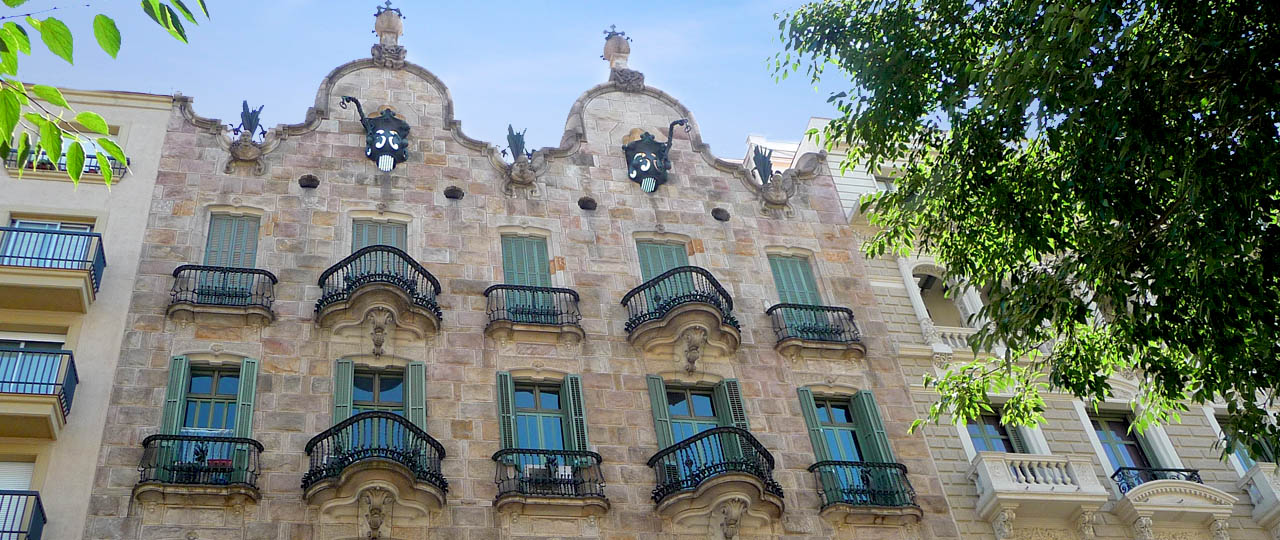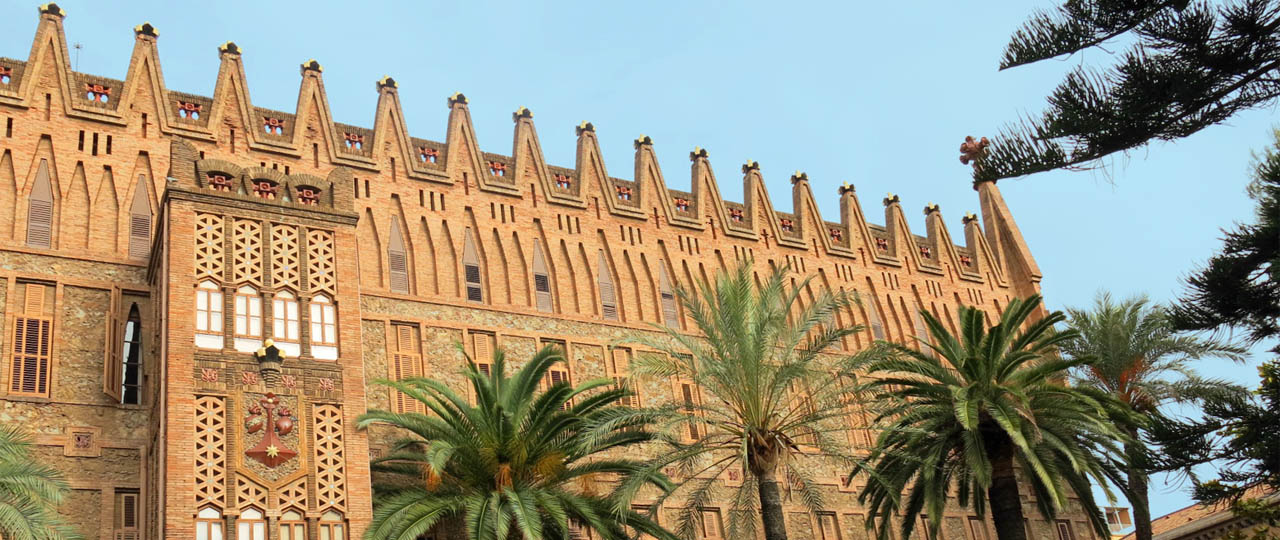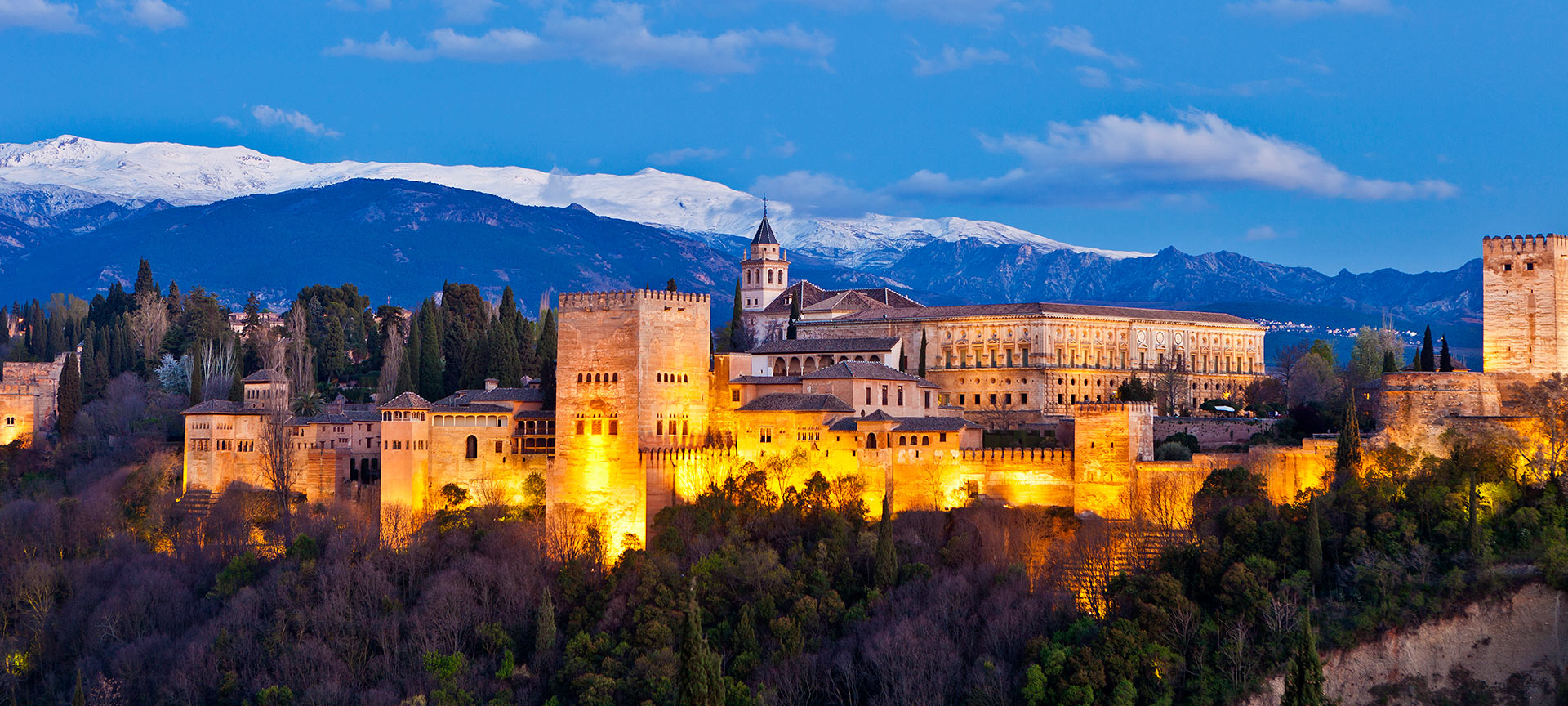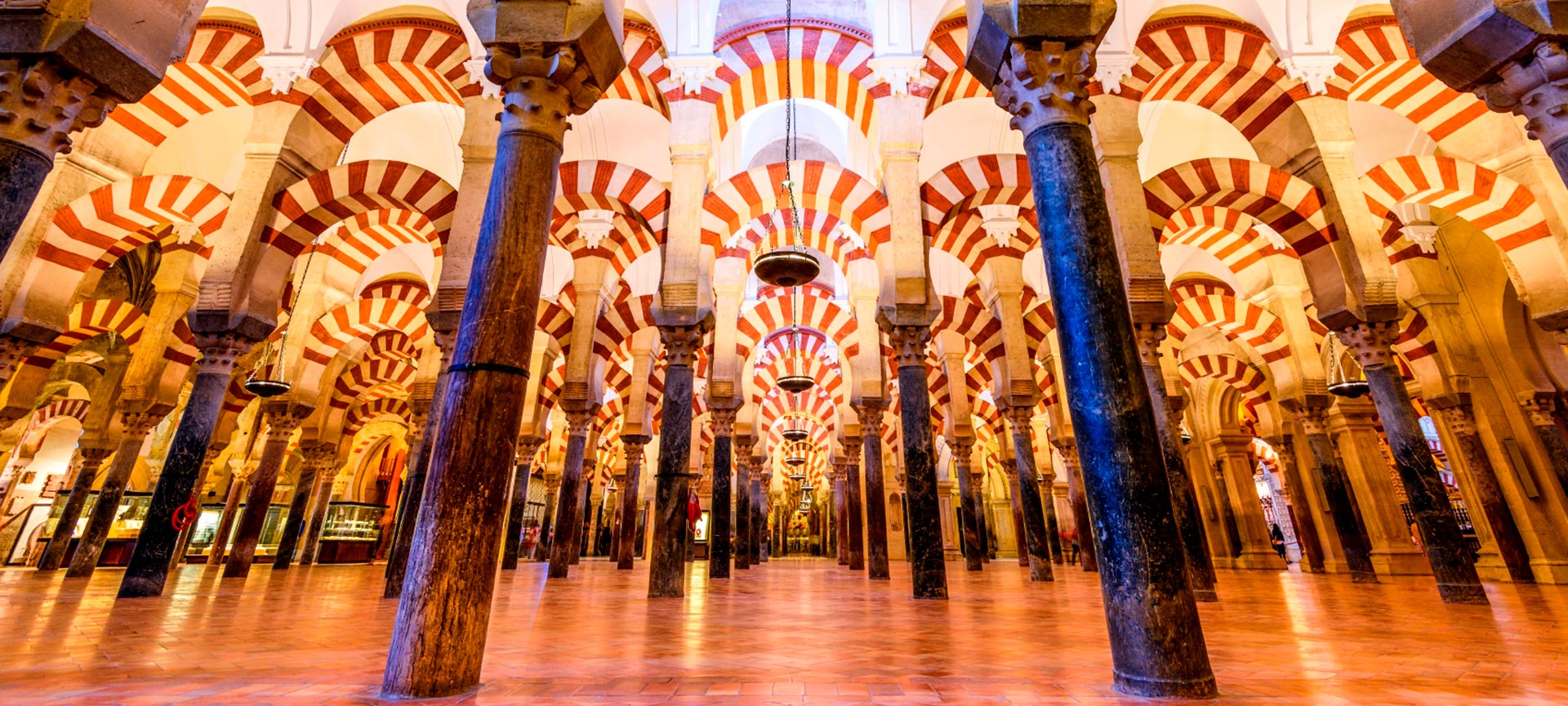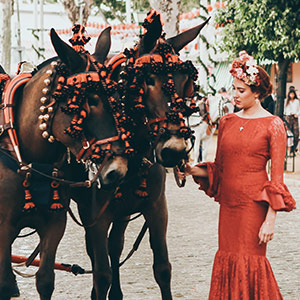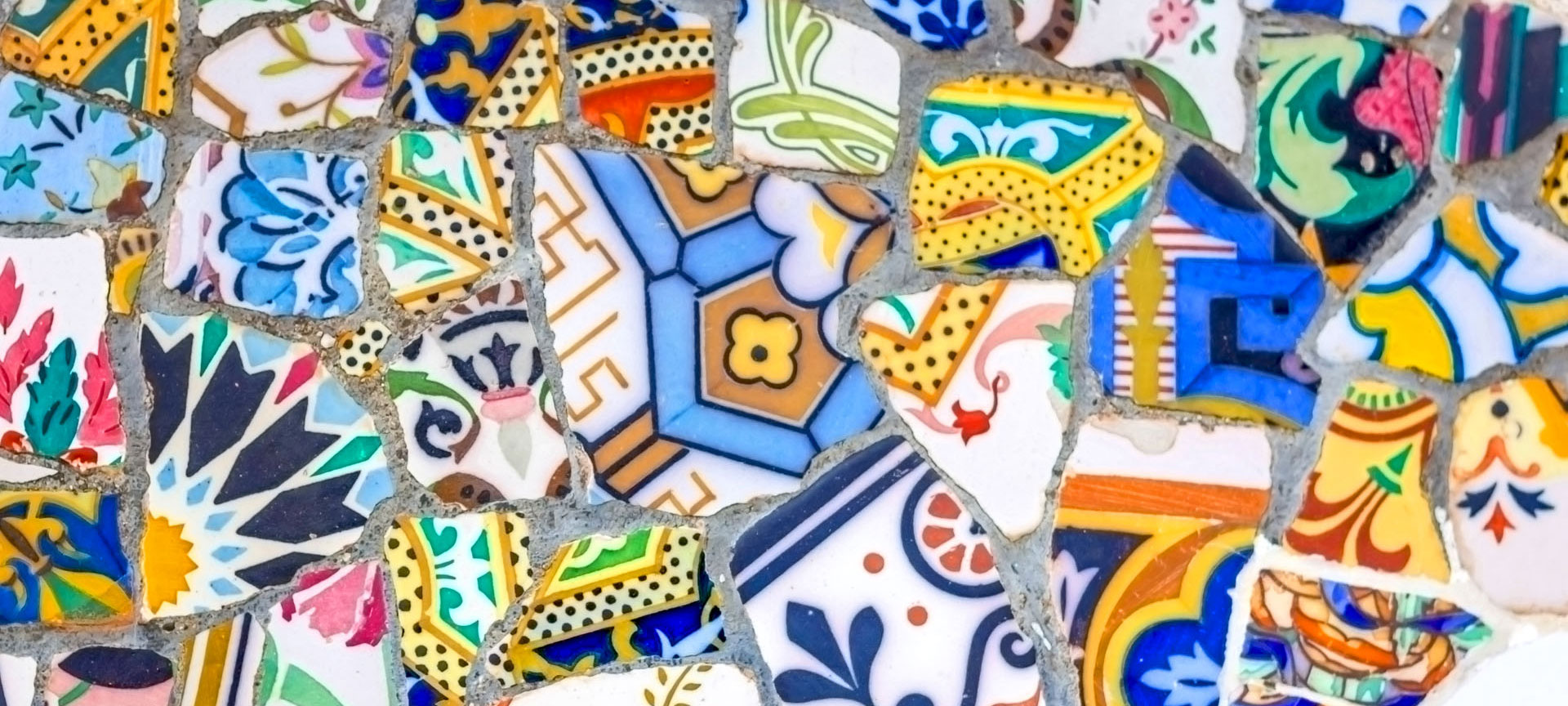
It is impossible to speak about Barcelona without mentioning any work by Antoni Gaudí. Just like thinking about the genius of modernist architecture without associating him with images of the Catalonian capital. The architect’s distinctive style is part of the city’s identity. His decorative elegance and colourful mosaics (“trencadís” in Catalan) appear when you least expect them. Barcelona and Gaudí are inseparable.
Debe activar Javascript para poder utilizar este servicio
-
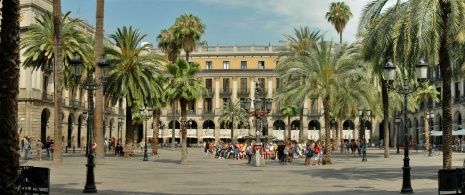
Lampposts, Plaza Real
The Plaza Real in the Gothic quarter is home to one of the first projects that the Barcelona government entrusted to Antoni Gaudí in 1879: designing two six-arm lampposts. Their light illuminates the lively nightlife in this square where some of the liveliest bars in the city are located under its arcade perimeter.
-
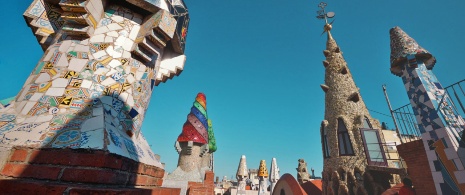
Palau Güell
Stone, wood, forged iron, ceramics and glass are the main noble materials that Gaudí used to reflect the line of his architectural and decorative style in this residential palace (1890), which has been declared a UNESCO World Heritage Site. It is on Calle Nou de la Rambla, in the Raval neighbourhood, just over ten minutes walking from the port of Barcelona. It is free to visit the Palau on the first Sunday of every month.
-
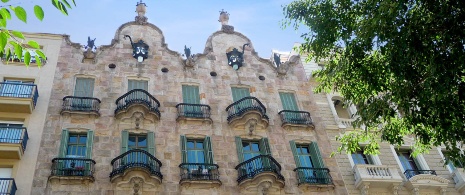
Casa Calvet
At the start of the Paseo de Gracia, turning right onto Calle Caspe leads to another residential building constructed from stone from Montjuic (an emblematic mountain in Barcelona) in 1899. Even though you cannot visit it, except for the restaurant in the ground floor, its façade bears unmistakable decorative details typical of Gaudí.
-
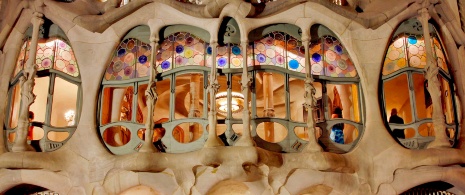
Casa Batlló
At 43 Paseo de Gracia, pedestrians can admire a geometrically-impossible construction. One that has undisputed references to modernism. This is where Gaudí managed to masterfully integrate light and colour with the wood, iron, glass, ceramics and stone used for the building. The construction recreates a dreamlike universe of nature and fantasy. You can visit Casa Batlló (1906) every day of the week. The tour, which includes virtual reality elements, 360º projections and immersive rooms, reveals Gaudí's work through a unique and innovative experience. In fact, the immersive visit to Casa Batlló has won several international awards, including the award for “Best International Exhibition” at the “Museums and Heritage Awards 2022”.
-

Casa Milà, “La Pedrera”
This residential building at 92 Paseo de Gracia once again showcases the personality of the brilliant Spanish architect. Looking at the façade is like looking at waves move in the sea, with forged iron handrails in the shape of algae on the balconies. At the Casa Milà, also known as La Pedrera, you can also visit an attic area with brick catenary arches, the rooftop terrace with chimneys in the shape of soldiers in sand dunes and a period apartment.
-

Basilica of La Sagrada Familia
If there is one work that earned Gaudí international fame it is undoubtedly the basilica of La Sagrada Familia. The architect radically transformed the initial neo-Gothic project into a temple of monumental dimensions. What can you visit? Two of the three constructed façades, the naves, the apse and the museum are essential for understanding the evolution of the temple.
-
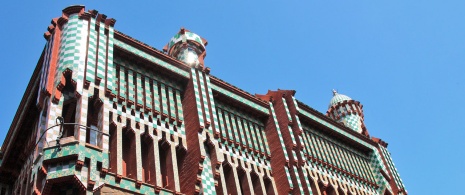
Casa Vicens
This was the first house constructed by Antoni Gaudí (1885). It was designed as a summer residence for a family of business owners from Barcelona. With Arabic, Oriental and neo-Classical influences, this building has bold colours and plenty of references to nature.
-
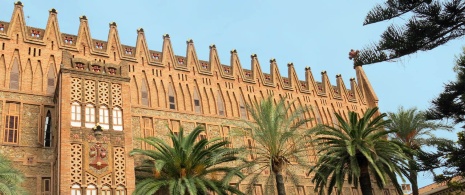
Teresian College
The austerity that characterised this project posed a real challenge to Antoni Gaudí. The base materials used were limited to brick and stone. The religious complex—convent and college—was constructed in 1890 and still conducts its teaching activities today, meaning that it cannot be visited by tourists. The modernist genius managed to enable light to enter on every floor through two large interior patios and hallways with parabolic arches.
-

Park Güell
And what better place to finish the tour of Antoni Gaudí’s architectural works than to head into Park Güell. The panoramic views of Barcelona from here are indescribable. It is the most unique public park in the city and a perfect example of the integration of nature and architecture.
Travel plans for inspiring you



